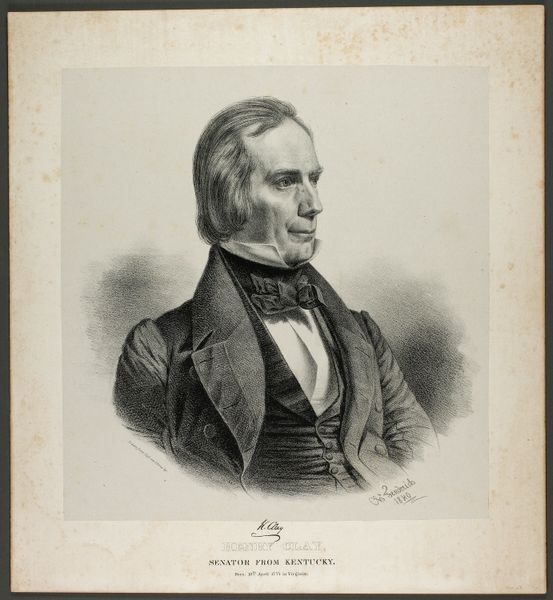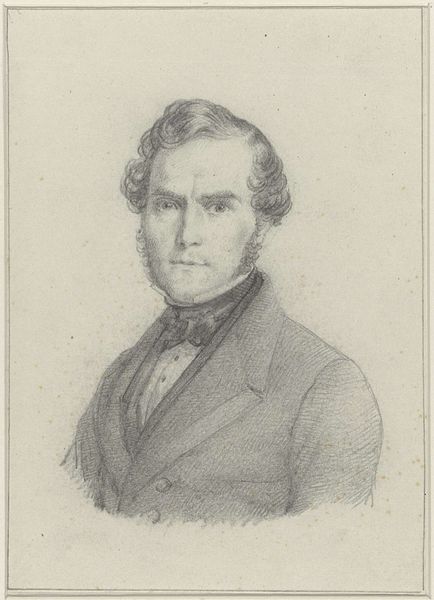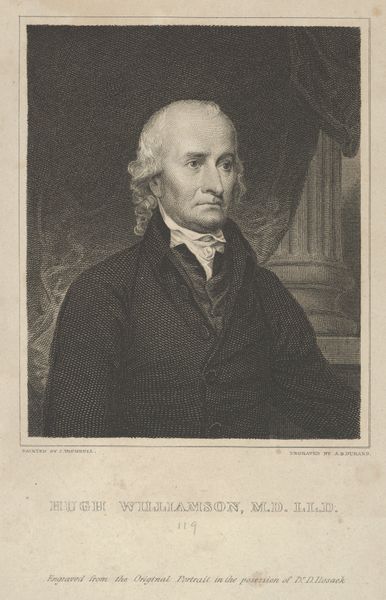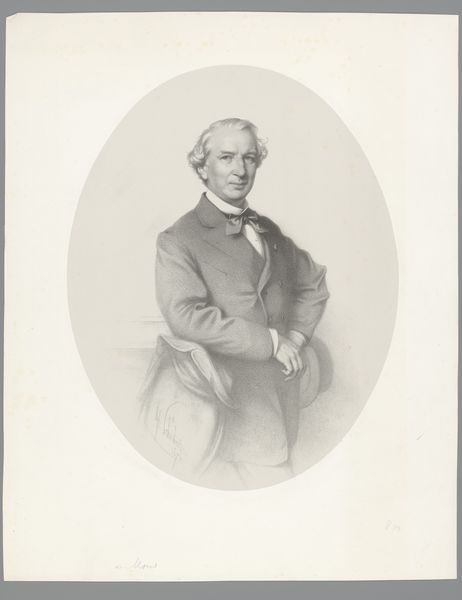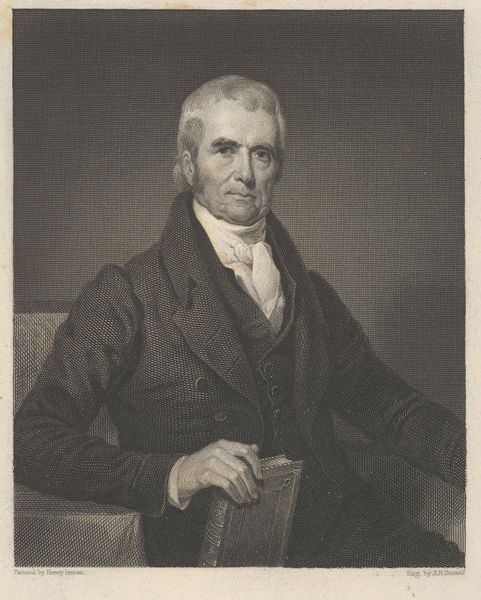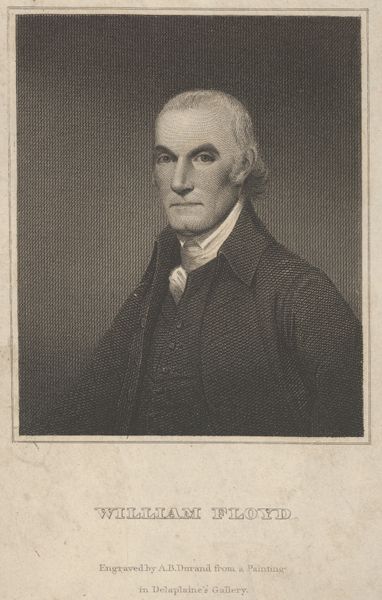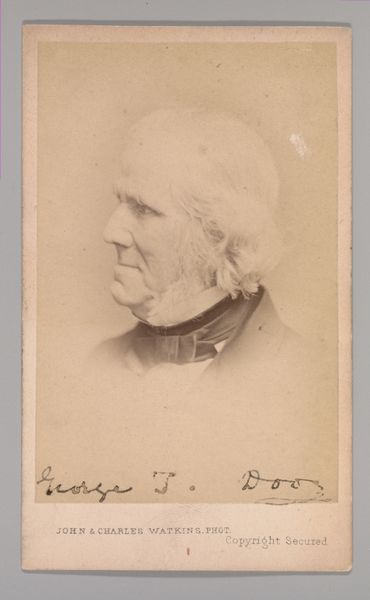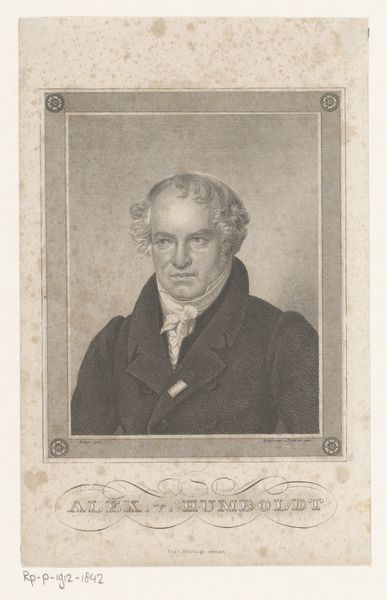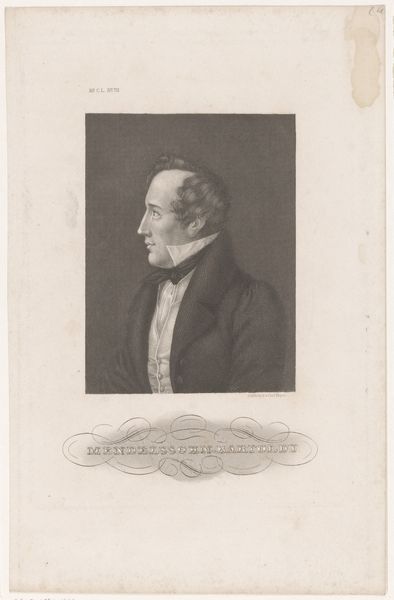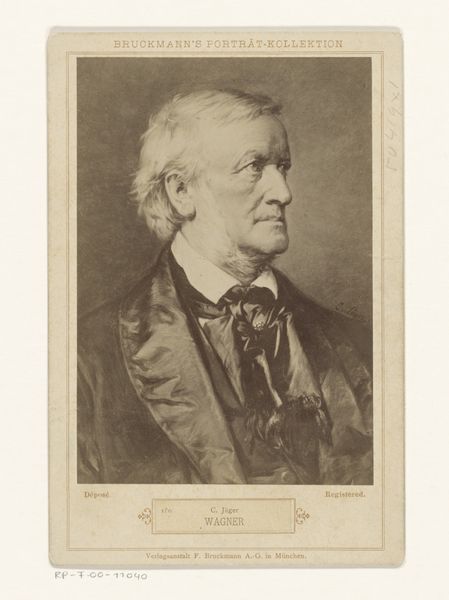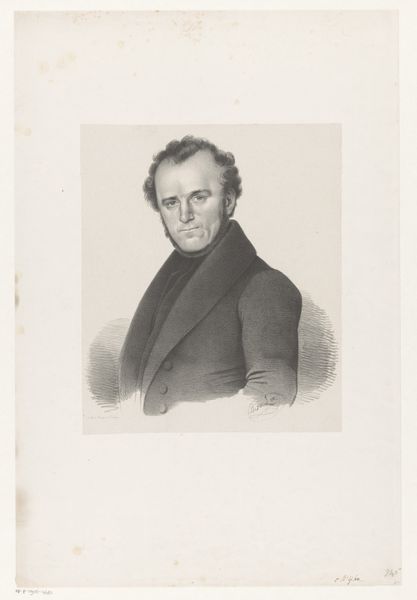
daguerreotype, photography
#
portrait
#
daguerreotype
#
photography
#
19th century
#
united-states
Dimensions: 3 1/2 x 2 1/4 in. (8.89 x 5.72 cm) (image)4 x 2 7/16 in. (10.16 x 6.19 cm) (mount)
Copyright: Public Domain
Curator: This is a daguerreotype by Jeremiah Gurney & Son, dating from between 1858 and 1869, held here at the Minneapolis Institute of Art. The subject is Henry Clay, who lived from 1777 to 1852. Editor: It's remarkably sharp for its age! He appears very self-assured, with just a hint of weariness around the eyes. Curator: Indeed. Daguerreotypes, precursors to modern photography, were made using silver-plated copper, treated with chemicals and exposed to light. Consider the immense skill and time required, setting it apart from our instantaneous, digital experience. The sheen of the metal itself also affects our reading of the photograph as image versus object. Editor: Absolutely. The silvery tone amplifies the symbolism here. The severe but elegant cut of his clothes, the carefully knotted cravat. These weren’t simply clothes, they were signifiers of power, carefully constructed and conveying profound implications in the social context of 19th-century America. Curator: And Gurney was a master. Think about the collaboration involved, the sitter needed to hold perfectly still for an extended time under harsh light. Clay, being dead for some years when this photograph was made, probably sat for another painter. From that painted portrait, Gurney would have created this likeness. Editor: It brings to mind a fascinating contrast. Clay, the statesman navigating complex political compromises, versus this almost ethereal, permanent image fixed onto silver. It’s about legacy, immortality even. This image freezes a powerful leader, ripe for symbolism and the values people placed on the political role at the time. Curator: It’s interesting how this photomechanical image comes to embody power in its reproducibility. While initially made using incredibly demanding labor, it can now spread and create visual culture for anyone to consume. Editor: Reflecting on this, I'm left considering how photographic portraits transform people into archetypes. The symbols we construct in our heads are overlaid on the photograph and back to us to complete the loop. Curator: And the material basis makes it accessible and shareable and brings into consideration questions of labor, dissemination, and cultural influence.
Comments
No comments
Be the first to comment and join the conversation on the ultimate creative platform.
